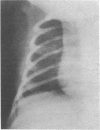Abstract
Ileal resection causes malabsorption of bile acid; the increased load of bile acids in the colon induces increased secretion of salt and water and hence diarrhoea. A study was carried out to test the effect of an enterocoated cholestyramine tablet designed to disintegrate in the colon and sequester the bile acids there, thereby minimising diarrhoea induced by bile acids while having no effect on malabsorption of bile acid and jejunal fat absorption. The study comprised 14 patients who had undergone ileal resection of 40-150 cm for Crohn's disease. A double blind crossover trial was performed with placebo and cholestyramine enterocoated with cellulose acetate phthalate. During treatment with cholestyramine the daily faecal output decreased, the number of defecations each week decreased, and the intestinal transit time increased. Acceptability of the tablets was high, in contrast with general clinical experience with cholestyramine powder. No change was observed in the total faecal output of bile acids or fat. Cholestyramine tablets caused a reduction in diarrhoea without noticeably interfering with the metabolism of fat or bile acid.
Full text
PDF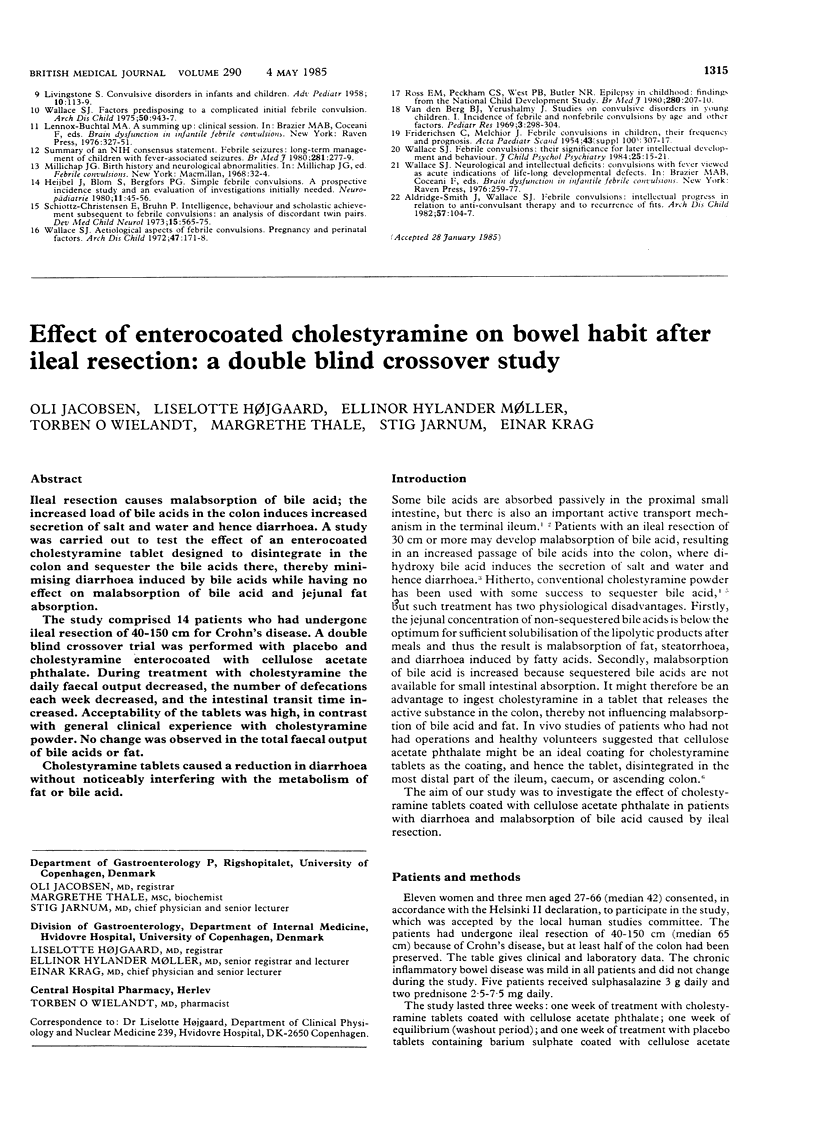
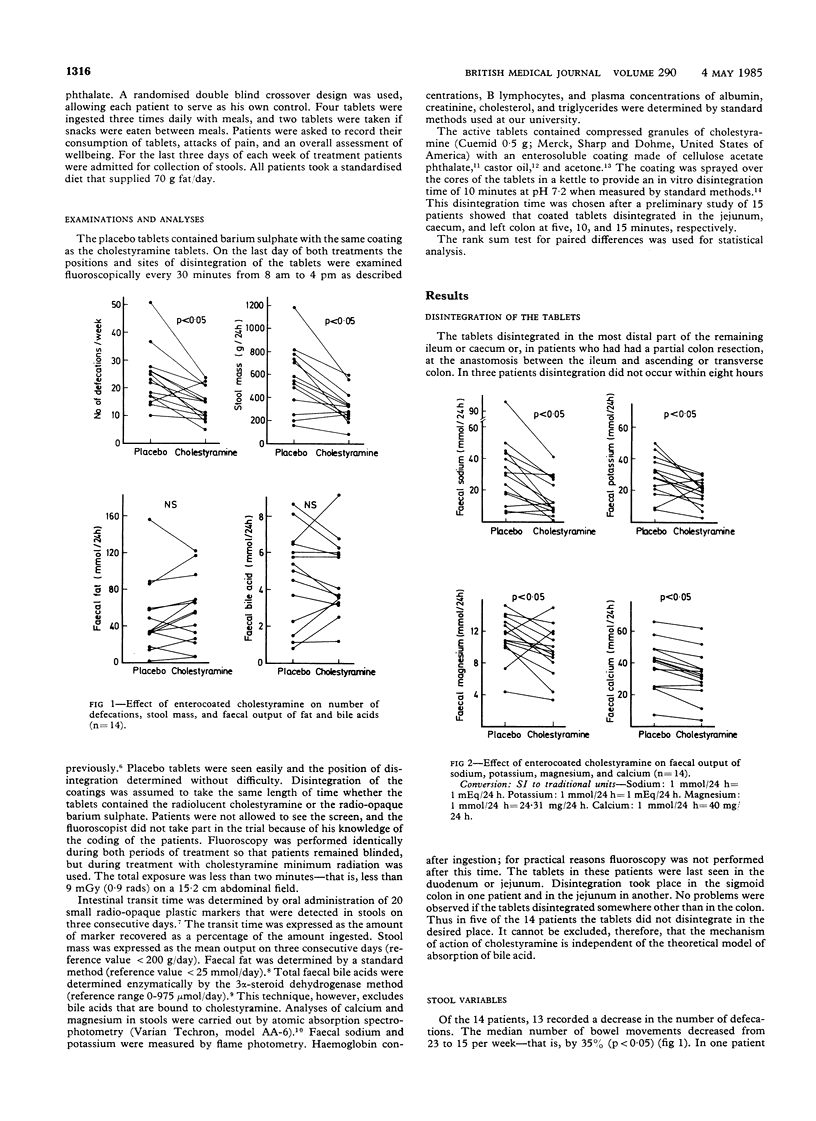
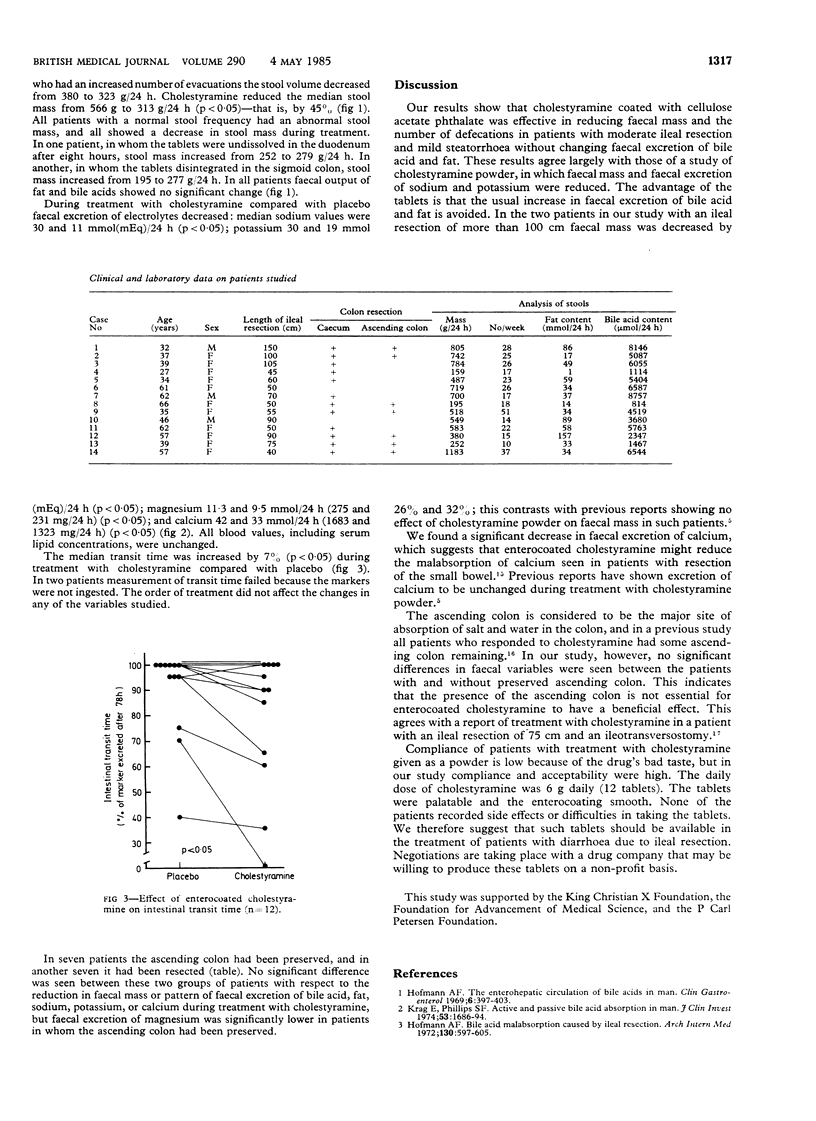
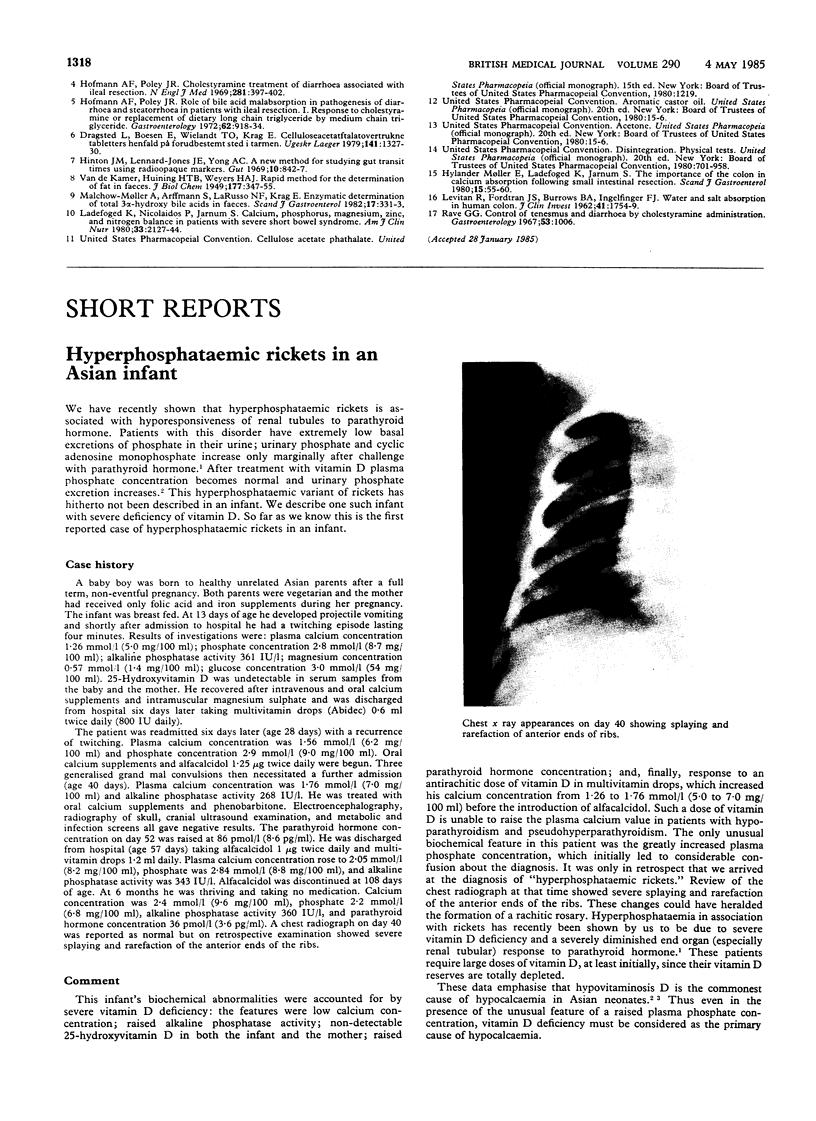
Images in this article
Selected References
These references are in PubMed. This may not be the complete list of references from this article.
- Hinton J. M., Lennard-Jones J. E., Young A. C. A ne method for studying gut transit times using radioopaque markers. Gut. 1969 Oct;10(10):842–847. doi: 10.1136/gut.10.10.842. [DOI] [PMC free article] [PubMed] [Google Scholar]
- Hofmann A. F. Bile acid malabsorption caused by ileal resection. Arch Intern Med. 1972 Oct;130(4):597–605. [PubMed] [Google Scholar]
- Hofmann A. F., Poley J. R. Cholestyramine treatment of diarrhea associated with ileal resection. N Engl J Med. 1969 Aug 21;281(8):397–402. doi: 10.1056/NEJM196908212810801. [DOI] [PubMed] [Google Scholar]
- Hofmann A. F., Poley J. R. Role of bile acid malabsorption in pathogenesis of diarrhea and steatorrhea in patients with ileal resection. I. Response to cholestyramine or replacement of dietary long chain triglyceride by medium chain triglyceride. Gastroenterology. 1972 May;62(5):918–934. [PubMed] [Google Scholar]
- Hylander E., Ladefoged K., Jarnum S. The importance of the colon in calcium absorption following small-intestinal resection. Scand J Gastroenterol. 1980;15(1):55–60. doi: 10.3109/00365528009181432. [DOI] [PubMed] [Google Scholar]
- Krag E., Phillips S. F. Active and passive bile acid absorption in man. Perfusion studies of the ileum and jejunum. J Clin Invest. 1974 Jun;53(6):1686–1694. doi: 10.1172/JCI107720. [DOI] [PMC free article] [PubMed] [Google Scholar]
- LEVITAN R., FORDTRAN J. S., BURROWS B. A., INGELFINGER F. J. Water and salt absorption in the human colon. J Clin Invest. 1962 Sep;41:1754–1759. doi: 10.1172/JCI104634. [DOI] [PMC free article] [PubMed] [Google Scholar]
- Malchow-Møller A., Arffmann S., Larusso N. F., Krag E. Enzymatic determination of total 3 alpha-hydroxy bile acids in faeces. Validation in healthy subjects of a rapid method suitable for clinical routine purpose. Scand J Gastroenterol. 1982 Apr;17(3):331–333. doi: 10.3109/00365528209182063. [DOI] [PubMed] [Google Scholar]
- Rowe G. G. Control of tenesmus and diarrhea by cholestyramine administration. Gastroenterology. 1967 Dec;53(6):1006–1006. [PubMed] [Google Scholar]



